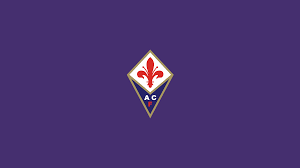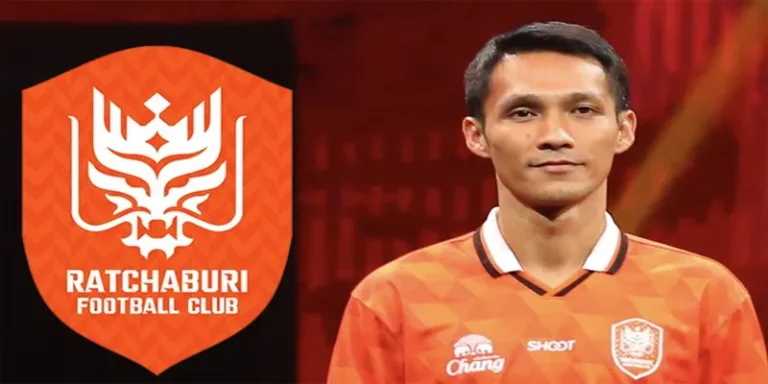
Fiorentina Club
The Fiorentina Club, known formally as ACF Fiorentina, stands as a pillar in Italian football history, embodying an intricate tapestry woven through passion, culture, and undeniable talent. Established in Florence in 1926, the club has not only carved out a unique identity for itself within Serie A but has also become synonymous with the spirit of its city—an enchanting blend of art, history, and sportsmanship https://kv999.world/.
Fiorentina Club has evolved over the decades, attracting both local and international talents while cultivating a loyal fan base that celebrates its rich traditions. This blog post delves deep into the multifaceted history of Fiorentina Club, exploring its key players, home stadium, recent achievements, rivalries, fan culture, youth academy, impact on Italian football, notable coaches, and future prospects.
History of Fiorentina Club
As we explore the historical journey of the Fiorentina Club, it’s essential to understand the socio-political and cultural context in which it emerged. Founded in a post-World War I Italy, Fiorentina represented the rebirth of a region rife with creativity and resilience.
Founding Years and Early Success
The inception of Fiorentina Club in 1926 marked a significant moment in Florentine sports history. The merging of two local clubs, Piante and Firenze Football Club, laid the foundation for what would become one of Italy’s most storied teams. With their iconic purple jersey, the team quickly gained traction, capturing the hearts of Florentines.
In the late 1930s, Fiorentina experienced its first taste of success by winning the Coppa Italia in 1941. This victory was monumental, establishing a legacy that the club would build upon in the years to come. The triumph also highlighted Fiorentina’s potential to compete at a higher level, paving the way for future glories.
Post-War Era and Golden Age
The aftermath of World War II saw Fiorentina emerge stronger and more focused than ever. The club’s golden era began in the late 1950s, with stellar performances leading to their first Serie A title in 1956. Key figures like Giuseppe Chiappella played crucial roles in this success, and the club’s identity started to take shape around a core of talented athletes.
During this period, Fiorentina Club established itself as a formidable force in Italian football, producing remarkable runs in domestic and European competitions. The arrival of notable players such as Kurt Hamrin and Giancarlo Antognoni further diversified the team’s playing style, emphasizing technical skill and tactical prowess.
Financial Challenges and Resilience
However, the road has not always been smooth for Fiorentina Club. The 2000s brought financial turmoil that threatened the club’s existence. The scandal of Calciopoli and subsequent relegation shook the very foundations of the organization. Nevertheless, the tenacity shown by fans, management, and players alike showcased the indomitable spirit that defines the Fiorentina Club.
Despite these challenges, the club successfully re-emerged from adversity and gradually regained its status in Serie A. The support from loyal fans, along with strategic investments, helped rebuild the team and strengthen its competitive edge.
Key Players in Fiorentina Club’s Success
Throughout its illustrious history, the Fiorentina Club has witnessed the emergence of numerous legendary players whose skills not only defined their careers but also left an indelible mark on the club’s legacy. It is essential to recognize the contributions of these athletes who shaped the narrative and fostered a winning mentality within the squad.
Legends of the Past
The richness of Fiorentina’s history is often best reflected through its legendary players. Figures like Giancarlo Antognoni, often celebrated as one of the greatest Italian midfielders, embodied the essence of the club during the 1970s and 1980s. His vision, leadership, and outstanding technical abilities made him a fan favorite and a symbol of loyalty to Fiorentina.
Another pivotal player is Kurt Hamrin, who dazzled the crowds in the 1950s and 60s with his exceptional dribbling and goal-scoring prowess. His contribution to Fiorentina’s first Scudetto and European Cup Final appearance solidified his status as a club icon. Fans remember him fondly, and he remains a part of Fiorentina folklore.
Modern Icons
Fast forward to the present day; players such as Gabriel Batistuta and Francesco Totti have left an unforgettable imprint on the Fiorentina Club. Batistuta, known as “Batigol,” mesmerized opponents with his powerful shots and innate ability to find the back of the net. He became the club’s all-time leading scorer and a talismanic figure during his tenure, playing a vital role in achieving consecutive successes in the early ’90s.
On the other hand, the emergence of players like Federico Chiesa and Dusan Vlahovic highlights Fiorentina’s commitment to nurturing young talent. Their ability to adapt and shine on the big stage has rekindled hope for fans yearning for a return to the club’s former glory days.
International Stars
Fiorentina has also attracted international stars who have contributed significantly to the club’s success. Players like Rui Costa and Adrian Mutu brought flair and creativity to the squad, captivating audiences with their playmaking abilities. Their time at Fiorentina not only showcased their talents but also helped elevate the club’s reputation on a global scale.

